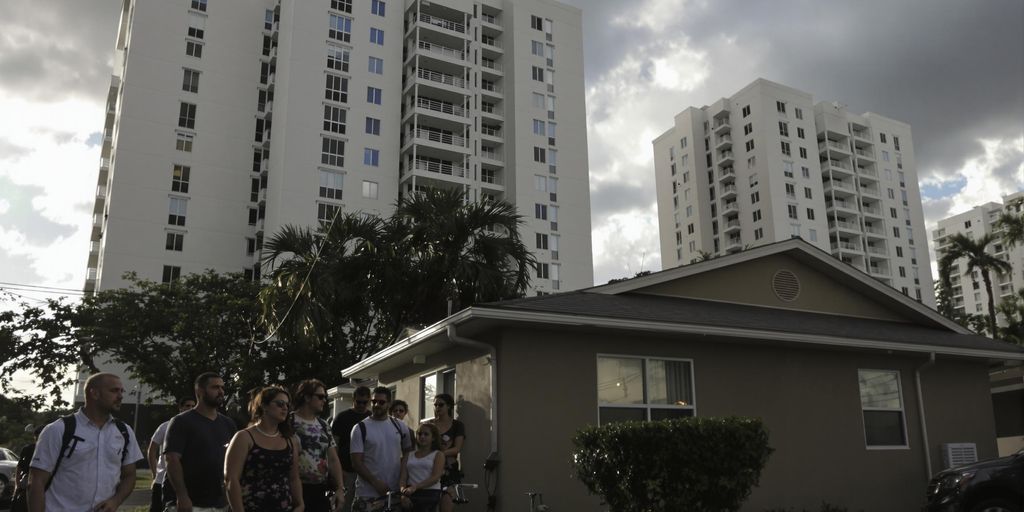Florida’s rental market is experiencing a significant surge in prices, placing immense pressure on low-income renters and highlighting a growing affordability crisis. The state’s booming population, coupled with a limited housing supply, has driven median rents up substantially over the past few years, making it increasingly difficult for many residents to secure stable housing.
Soaring Rents Squeeze Florida Residents
Florida’s rental market is facing unprecedented challenges as rent prices continue to climb. A recent report indicates that the median monthly rent in Florida has increased by approximately $500 over the last three years. This sharp rise is attributed to a combination of factors, including robust population growth and a persistent shortage of available housing units. Consequently, a significant portion of Florida’s renter population, particularly those with lower incomes, are struggling to keep up with these escalating costs.
The Plight of Low-Income Renters
- Nearly 905,000 low-income renter households in Florida are considered "cost-burdened," meaning they spend more than 40% of their income on housing.
- This affordability gap is most pronounced in the state’s most populous counties, but it also affects mid-sized and rural areas.
- The majority of renter households, 79%, include at least one employed adult, underscoring that the issue is not a lack of work but rather the inability of wages to keep pace with housing expenses.
Manufactured Home Lot Rents Double
Adding to the housing affordability crisis, lot rents for manufactured homes in Florida have nearly doubled over the past decade. This trend is making manufactured housing communities, traditionally a source of affordable housing, increasingly unaffordable for residents who own their homes but rent the land. These increases are often passed on through various fees, sometimes with little prior notice to homeowners.
Seasonal Fluctuations Add to Instability
Florida’s rental market is also characterized by significant seasonal fluctuations. During the winter months, from November to April, demand surges as "snowbirds" flock to the state, driving rental prices up by as much as 20-50%. Conversely, summer is typically the off-season, with lower demand due to heat, humidity, and hurricane season, leading to price drops and incentives from landlords. However, major metropolitan areas like Miami and Orlando tend to maintain more consistent demand due to year-round job opportunities.
Broader Housing Market Trends
While some areas of Florida are seeing slight decreases in home prices, this trend is not broadly alleviating the rental market pressure. In fact, the overall housing market is experiencing a slowdown in some metros, with homes taking longer to sell. This indicates a shift where buyers are gaining more leverage, but it does not directly translate to more affordable rental options for the majority of Floridians.
Rising Homelessness and Future Concerns
The escalating housing costs are also contributing to a rise in homelessness across Florida. The report estimates significant increases in individuals and families without stable housing. Furthermore, concerns are mounting over the future of affordable housing, with over 33,000 publicly assisted units at risk of losing their affordability protections by 2034 unless renewed.
Sources
- Rising lot rent for manufactured homes | Dara Brown, WUSF.
- Home Prices Drop in 14 Major U.S. Metros, Including Parts of Florida and Texas, As Buyers Gain Upper Hand, Redfin.
- How Seasonal Demand Affects Rent Prices in Florida, Sarasota Magazine.
- How Seasonal Demand Affects Florida Rent Prices, | Florida Realtors.
- Report: Florida Renters Struggle With Housing Costs, | Florida Realtors.


